|
Getting your Trinity Audio player ready...
|
In February 1980 I flew over the Great Rift Valley, from the capital of Kenya, Nairobi to the game reserve and the long awaited Masai Mara safari. I had no idea that thirty-four years later I would be restoring old photos from that trip.
One exhilarating week in the bush at Kichwa Tembo tented camp on safari had a profound effect on my view of the natural world. A week later, after returning to Nairobi, we flew from Nairobi to Mombasa for two weeks on the equatorial East Coast, to float in the hot waters of the Indian Ocean.
England to Nairobi and the Masai Mara
To relieve the boredom and my numb bum, during the flight from England to Nairobi, I sent a request to the First Officer.
‘Can I please spend some time on the flight deck so I can make sure we are headed in the right direction?’
He kindly granted my request — maybe he was bored too. Can you imagine that happening today? Not a chance. But back then, it was common on long haul flights.
The nearest I had got to understanding anything about flying was reading ‘ Biggles’ stories when I was a schoolboy. Stories like ‘Biggles flies again’ and ‘Biggles flies undone’ amused rather than educated me. The crew humoured me when I asked stupid questions like ‘how many gears does this thing have?’ I was about to follow that up with, ‘and which is reverse?’ but thought better of it.
I asked the Captain if he ever felt stressed about being responsible for the safety of the 250 passengers sitting behind him. He said he never gave them a second thought. All he was concerned about was himself. His logic was, that if he walked off the plane at Nairobi airport, then the passengers would too. That shut me up.
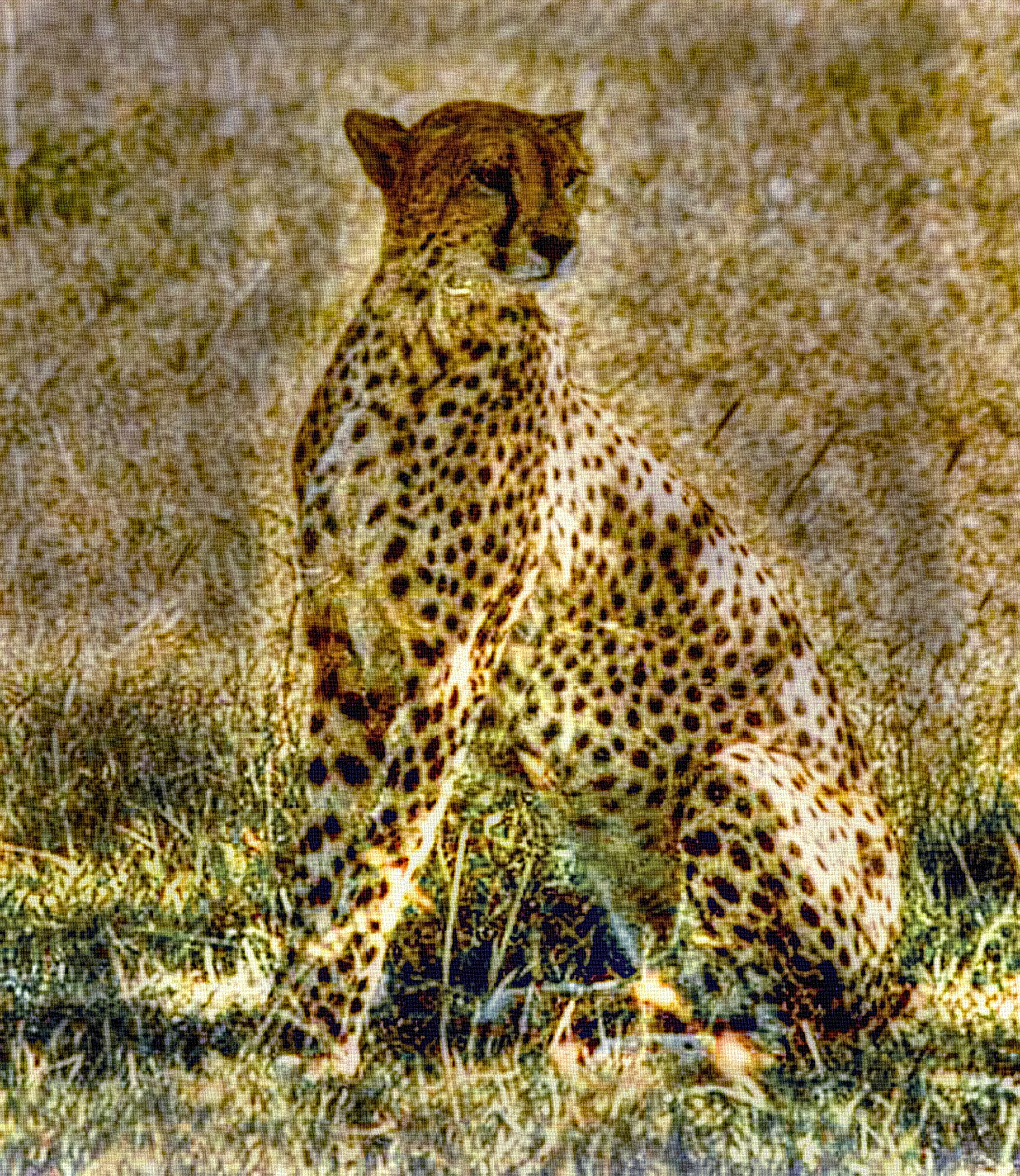
My Masai Mara Safari nearly vanished
I borrowed a video camera and a stills camera to record the Masai Mara Safari, but I only had a basic idea how to use them. The videos disappeared with various house moves, but I managed to scratch around and unearthed the old photographic prints. I hoped to restore them, but most were so bad I was too embarrassed to show them to anyone.
Having found them, I felt compelled to resurrect the memories. You can read about restoring old photos and how to do it if it appeals to you. It was something I’d never done, but I was determined to master the software and rework what photos I could to illustrate what safari in the Masai Mara was like back in 1980.
I didn’t keep the negatives and all my amateur old photo prints had spent three or four decades in the attic. During those lost years the age of DSLR cameras dawned, followed by post-processing software, such as Photoshop, which made it possible to turn scanned prints into oil painting look-a-likes.
It took me hours, but by the time I was finished, some of them looked better than the originals.
Gazelle on the alert
Nairobi to Masai Mara – Into the Heart of Africa
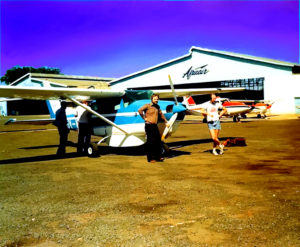
At 1800 metres above sea level Nairobi can make you feel light-headed and dizzy until you acclimatise. And one gin and tonic can make you more inebriated than a bottle would at sea level. We spent two nights in the Capital before setting off in a single-propeller engine light aircraft which took us across the Great Rift Valley to the Masai Mara game reserve.
The cradle of mankind, as the Great Rift Valley is referred to, runs 6000 miles from Lebanon to Mozambique. It is an impressive sight from a light aircraft only a few thousand feet above the surface.


Landing at Kichwa Tembo tented camp, our Masi Mara Safari base, required the pilot to fly low over the grass landing strip, twice. The purpose was to move the zebra and antelope that were grazing peacefully on the strip before our arrival. The alternative would have been a pile of mincemeat in the bush.
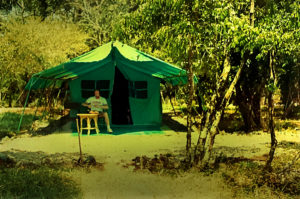
Kichwa Tembo tented camp is now, dramatically different to the primitive tented camp we stayed at all those years ago. Although I didn’t think so at the time, I realise now how lucky I was to experience the closeness of the wild. We were without any of the modern comforts that have been installed over the intervening years. Restoring old photos of that time makes them priceless.
Into the Bush
On the equator days and nights are precisely 12 hours each. Just before 6 am it is pitch dark and just after, within minutes, it is broad daylight. So at 6 am on the dot each day we set out from Kichwa Tembo tented camp in the Land Cruiser.
The excitement compensated for the roughness and exertion of each twelve hour day in the wild. Peter, our Masai driver and guide, drove through the bush, returning for breakfast at 9 am. After breakfast around 9.30 we set off again, returning for lunch at 12 noon. Then we slept until 2 pm and set off again, returning at 6 for dinner, as the sun was setting.
I had never seen sunsets like it, even though, in the Gambia they were awe-inspiring. One minute there is a huge red ball of fire on the horizon and within seconds it’s gone.
Was it time that moved much quicker here than anywhere else I had ever been. Or was it a powerful illusion.
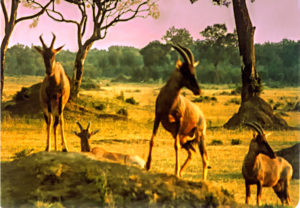
The routine was only broken on two days, when we walked in the bush with armed Rangers in the mid sessions, 9 am to 12 noon. I’m glad I was able to restore some old photos which brought the scenes back to life as I remembered them.
Danger in the Wilderness
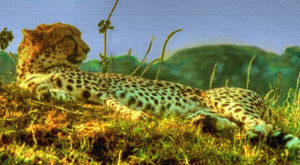
Nine hours in the back of an open top Land Cruiser over rough, dusty terrain in searing heat, can leave you with little desire other than to shower and go to bed before nine. But the feeling that you are, not just close, but a part of the wild, is hard to explain, and how it alleviates the tiredness.
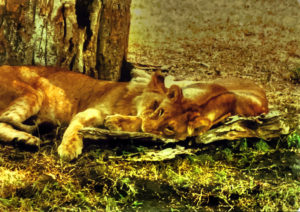
You must experience it for yourself. Imagine driving in a Land Cruiser, following a pride of lions hunting, for two hours. Or walking along a river bank teeming with crocodiles and hippos. The knowledge that your safety depends on the attitude of wild animals gets the adrenalin pumping.
The African buffalo is considered to be the most dangerous of the big five (elephant, buffalo, lion, leopard and rhinoceros), closely followed by the elephant. Even in the Land Cruiser, I was never 100% sure. So bushwalking, where you are totally exposed needs to be undertaken with extreme caution and adequate Ranger protection.
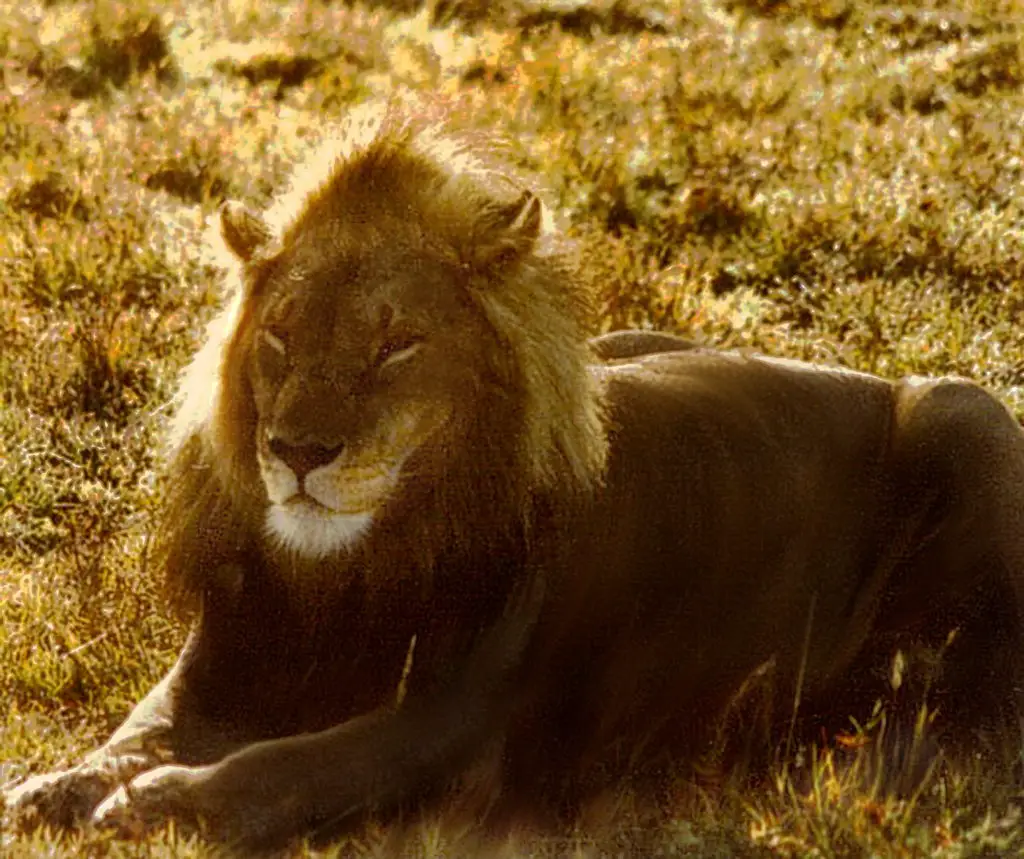
Disobeying Orders and Living to Tell the Tale
We were told never to get out of the vehicle, because we only had our driver for protection. In the event of a lion attack, he would be about as much use as a one-armed gipsy violinist. But one day we disobeyed orders and got out of the Land Cruiser in order to get close to some hippos wallowing in the river. Peter, our driver, didn’t stop us, and we returned safely to the vehicle.
Then, after driving no more than thirty yards through the long grass we encountered a pride of lions lying under a tree. They were impossible to see until we were right on top of them. Luckily, we were downwind so they didn’t pick up our scent or we could well have become a tasty snack with no hunting required. If you think that wasn’t too clever, you are right.
Learning Swahili
The charming Masai waiters at Kichwa Tembo tented camp tried to teach me Swahili, and I can still remember a few words to this day. That they were far more successful at teaching me Swahili than I was at teaching them English, became obvious at dinner one evening. I asked the waiter what was for dessert. He replied ‘Lamb scramble’. We waited in anticipation. When it arrived, it turned out to be ‘Apple Crumble’.
A Humbling Experience
I learned so much in that short week. I learned to respect the wilderness and not just to enjoy its beauty. And I learned a little about the Masai people and how proud they were of their traditions and culture. How happy they were to share and welcome us into their world, as long as we respected it.
I began to understand that it is not our place to determine their future or try and change their world to the way we see it. Visiting their small villages, a collection of mud huts (enkang), encircled by a hedge of acacia thorns to keep lions from attacking their cattle, was a humbling experience.
It is now generally accepted that Africa and the Great Rift Valley is the cradle of humanity and the Masai are at the heart of Africa. This is where we all originated from. The Masai have much to teach us. But I fear, with each passing year, they will become more susceptible to the fast encroaching technological age led by tourism. Let’s hope they manage to preserve their traditions and culture whilst still living in harmony with the modern world.
After the Safari
After our Masai Mara Safari we were scheduled to fly from Nairobi to Mombassa on the East coast for a relaxing two weeks by the sea. Little did I know beforehand that Mombassa, although often unbearably hot and humid, would be a relief from the dry, hot and dusty bush.
More Restored Photo Prints
The original prints aren’t perfect but the restoration process was a joy, as I remembered the experience, with as clear a view as it was all those years ago.
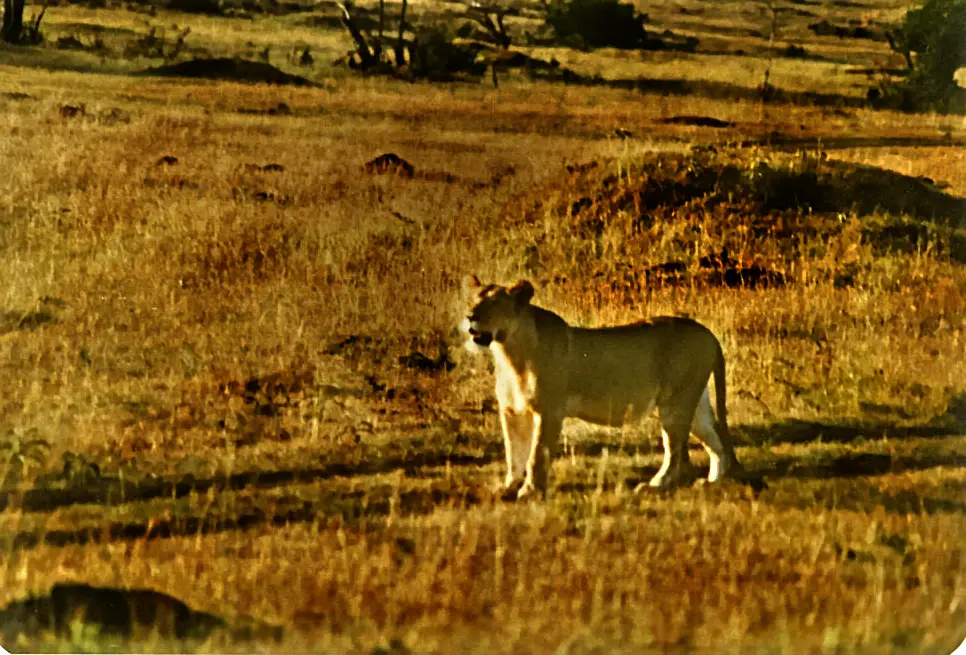
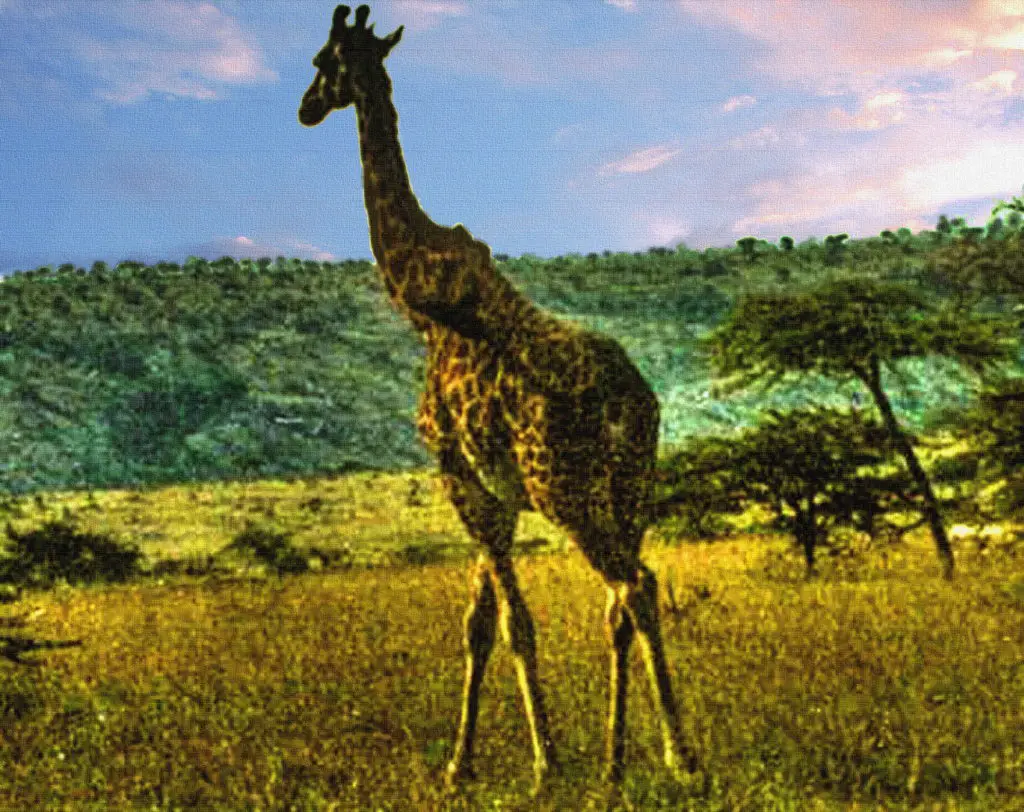
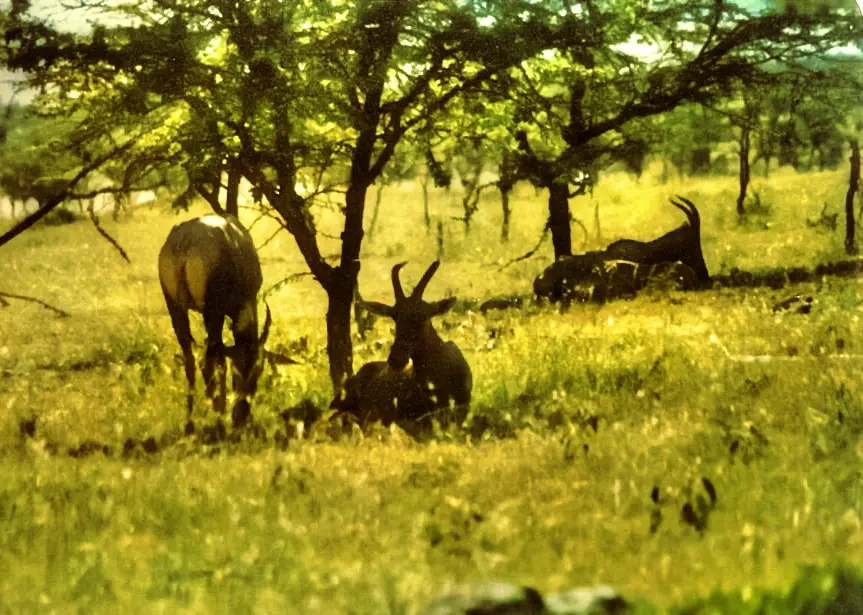
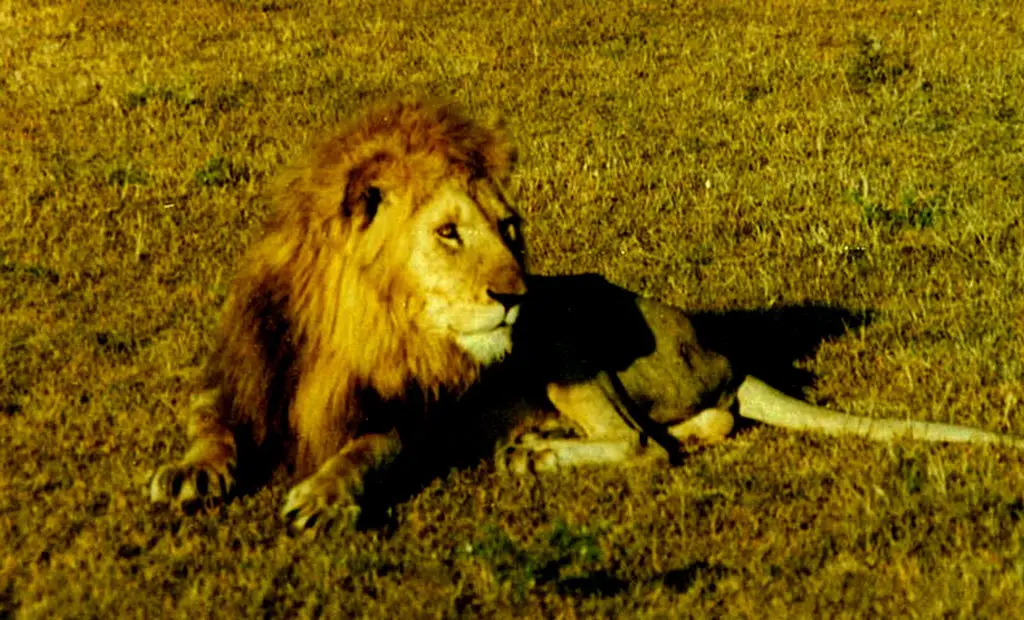
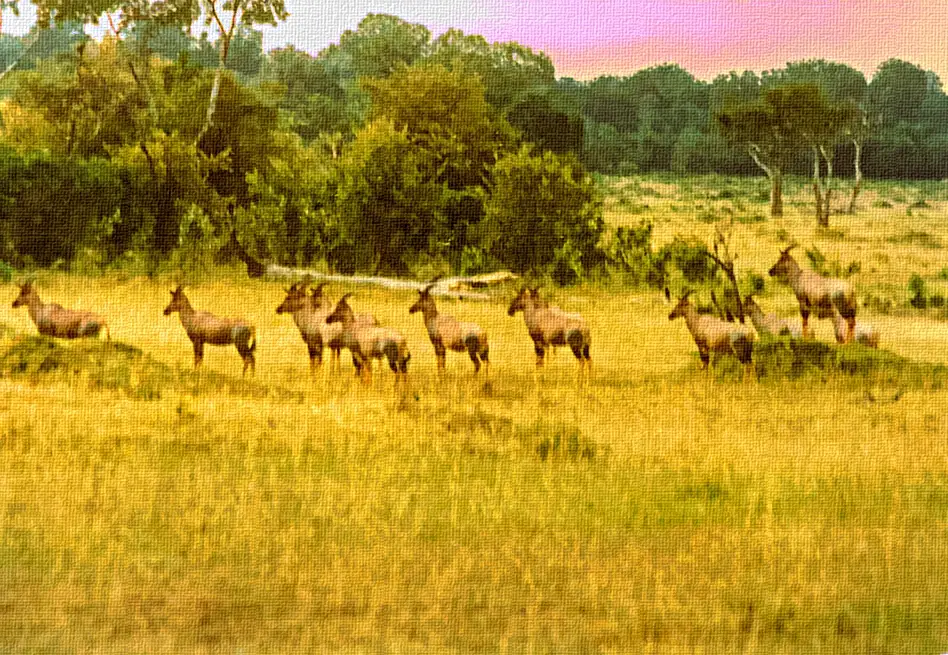


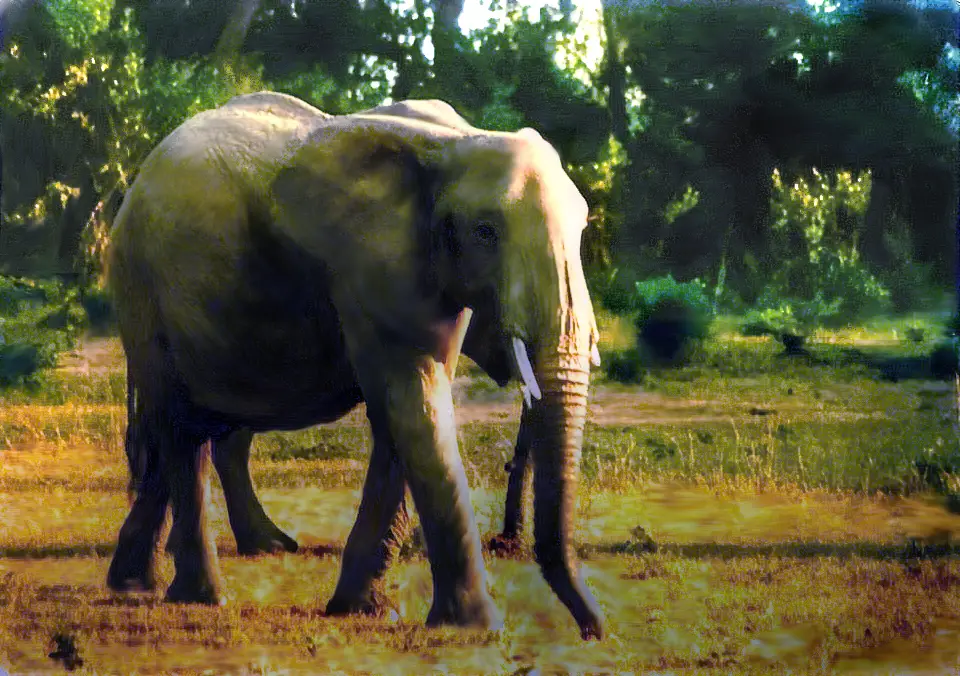
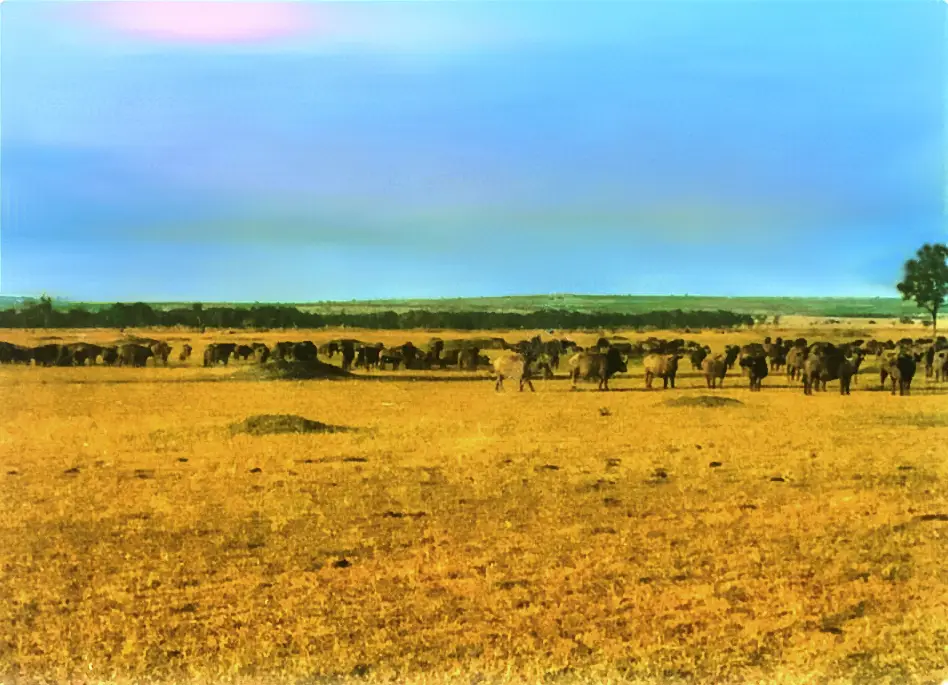
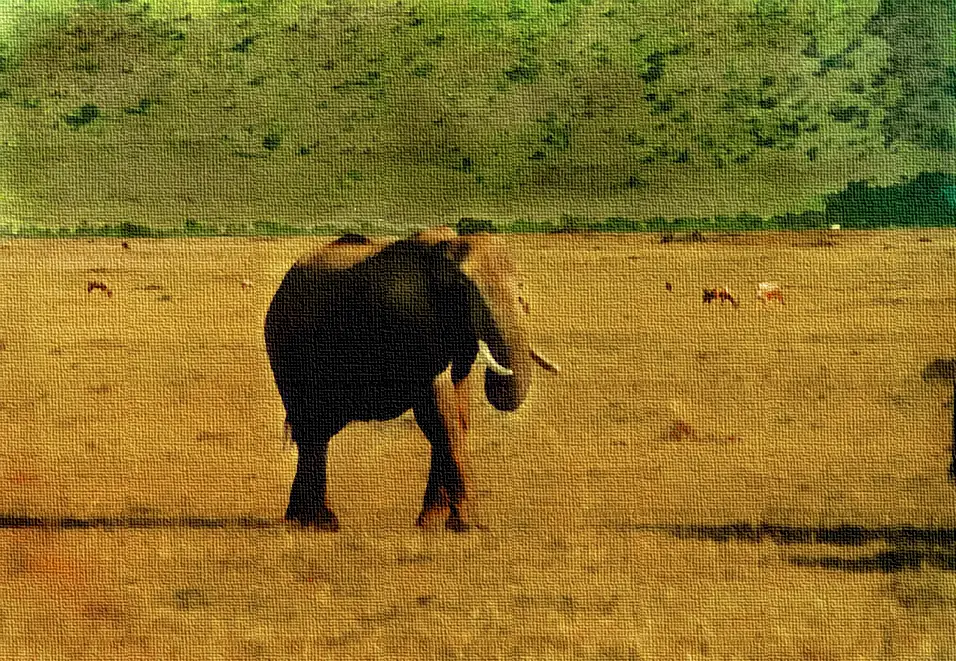

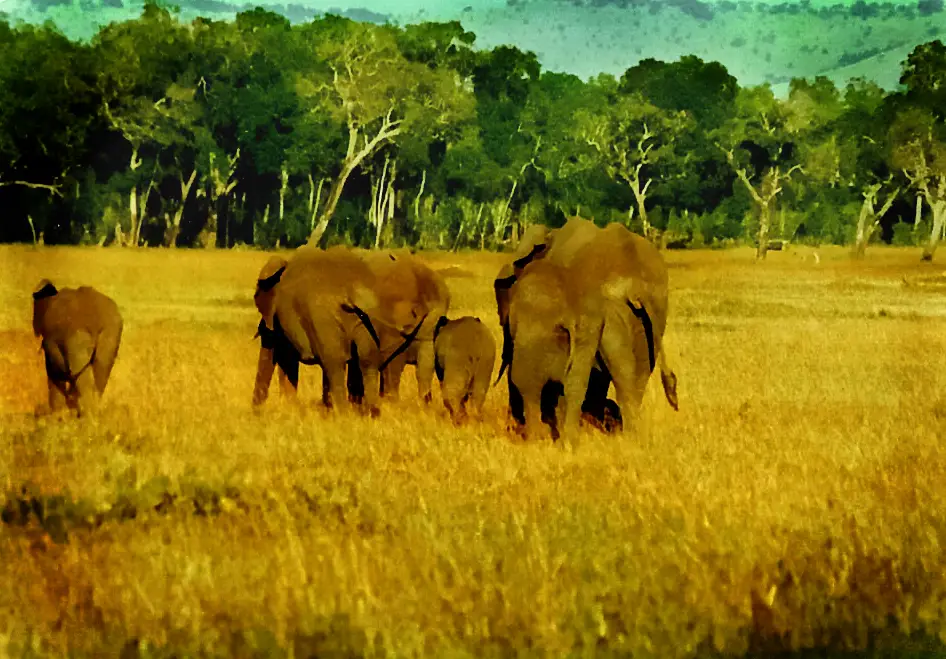
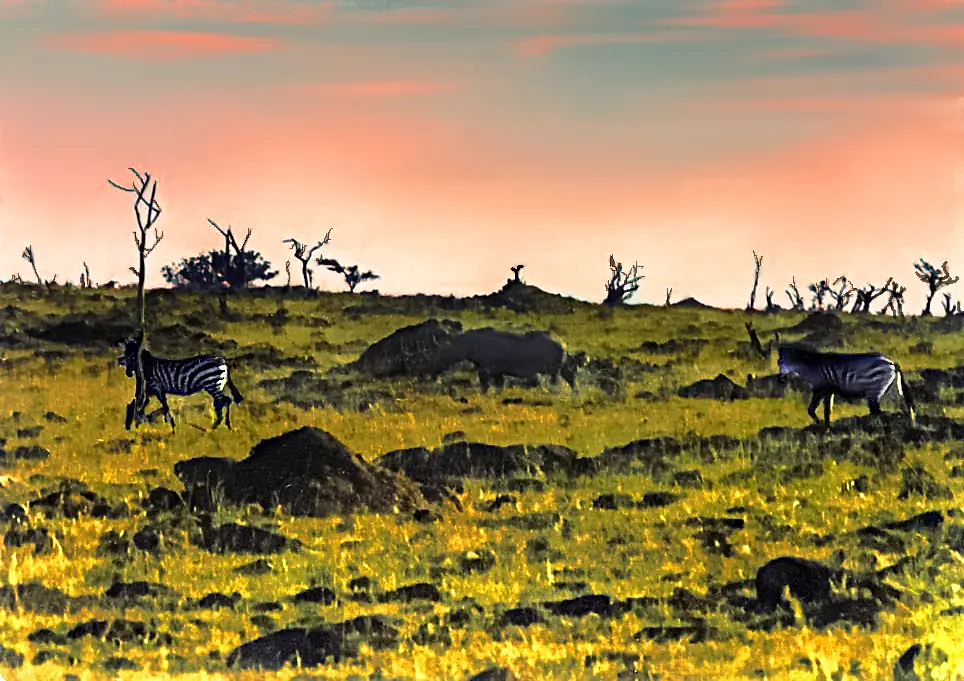

Related Posts
If you enjoyed this post you should read these articles of mine;
What put West Africa people on the map in 1977?
Southern Rhodesia to South Africa took me 25 years
The Best Trinidad and Tobago Carnival Costumes from 1982
Why not Join Us
If you enjoyed this article, we would like to offer you two gifts – our Starter Pack of 4 James King’s books and our Weekly Digest, which you can receive by email.
Last updated October 2024


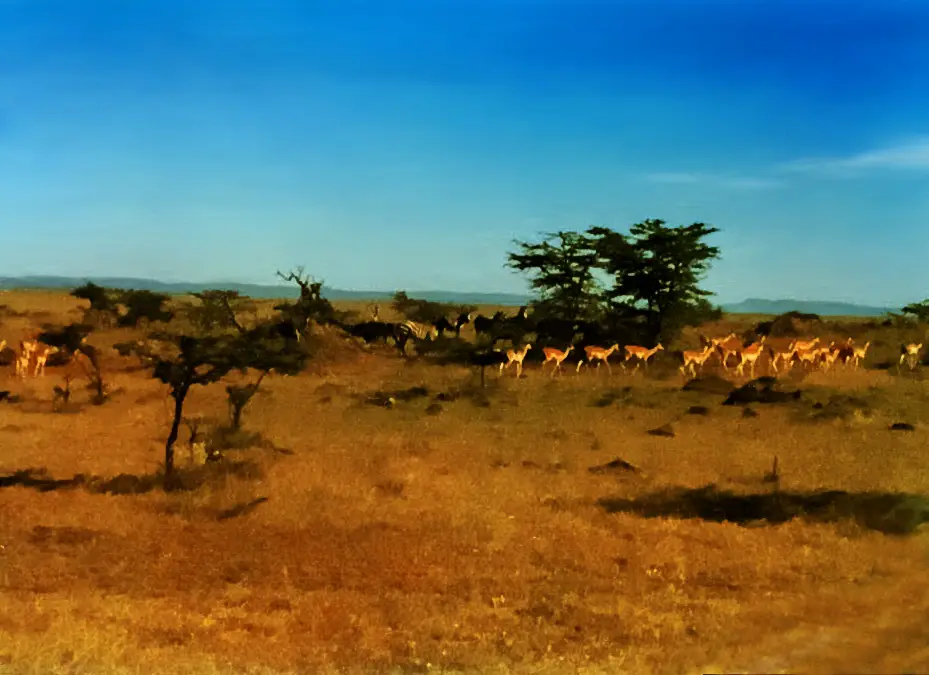


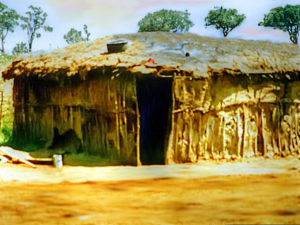
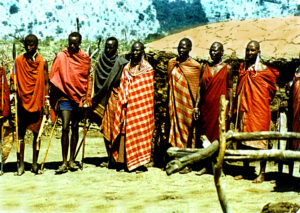

Thank you, David.
The photo restoration gives the prints a very painterly quality. Beaufiful.
Thank you Joanne. I’m pleased you enjoyed it.
so enjoyable, I spent all morning in wonder,,,such valuable and wonderful information.
Thanks Golde. It was so much fun to work those old pics and bring back memories of a great experience.
Fabulous!!!!…….. Thank you for sharing….